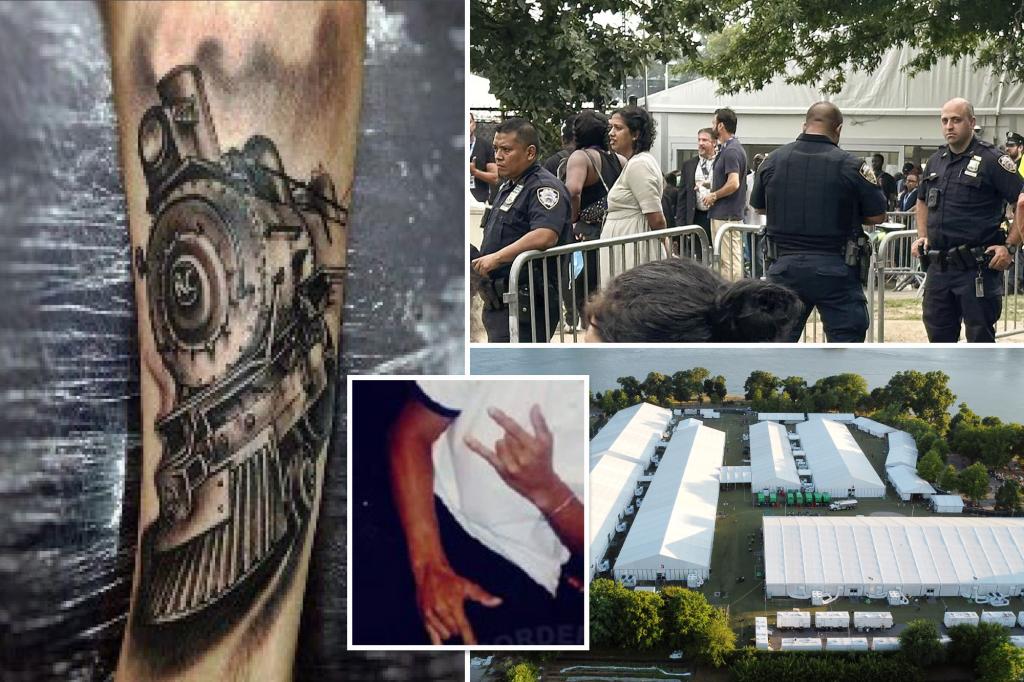Tren de Aragua, a gang from Venezuela, has quickly established a presence in New York City, exploiting the migrant crisis to build a criminal enterprise within city shelters. They engage in various criminal activities, including selling illegal guns and running prostitution rings. The gang has overwhelmed both average New Yorkers and the city’s police force, hiding within the migrant community and posing as delivery workers to carry out their crimes. They operate citywide theft and robbery crews, terrorizing neighborhoods and exploiting vulnerable asylum seekers.
The gang, known for selling a lethal fentanyl mix called Tussi, has become a significant threat in the city. They have been involved in numerous heists, targeting retailers and individuals with weapons. The gang members, many of whom are teenagers, work in groups and have shown little regard for law enforcement, even targeting police officers. Despite the chaos they cause, many asylum seekers view the gang as a stain on their community and a reminder of the violence they left behind in their home countries.
The gang’s operations are centered around shelters, with recruiters working to enlist new members by threatening their families or labeling them as enemies if they refuse to join. TDA has also exploited the food delivery industry, using moped-riding hitmen and armed robbers to carry out their activities. Guns and drugs are smuggled into shelters, often hidden inside food delivery bags. The gang has expanded into New Jersey and recruits new members from the New York area.
Members of Tren de Aragua have distinctive tattoos that mark them as part of the gang, with symbols like anchors, clocks, crowns, and references to famous athletes. The gang has ties to a Venezuelan rival gang called “El Carro De Lost Caragijos 666” and has a long-standing feud with them. The gang’s expansion into the US began when members crossed the border among migrants and set up operations in various cities across the nation. In New York, the gang is known for targeting migrants in shelters and using violence to establish control over their operations.
Despite law enforcement efforts, the gang continues to operate in New York City, with members willing to engage in violent activities and confrontations with police. The gang is considered a major threat by authorities, and efforts are being made to dismantle their operations and bring members to justice. The gang’s influence has grown rapidly, exploiting the migrant crisis and running criminal enterprises within city shelters. The violence and lawlessness they bring are a stark reminder of the challenges faced by asylum seekers and the vulnerability of migrant communities in the city.


